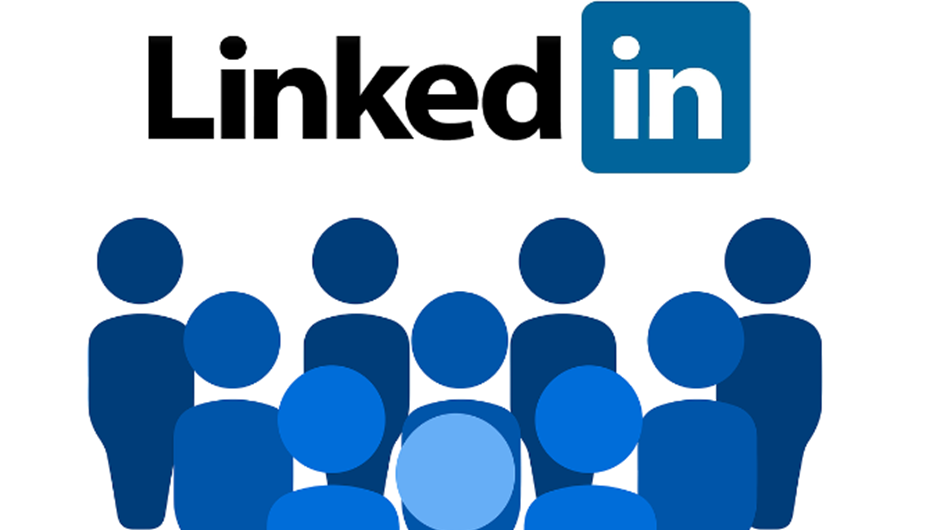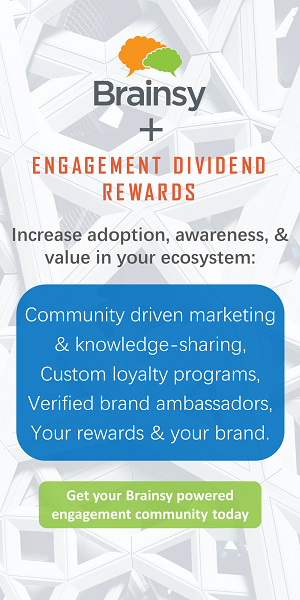LinkedIn is quickly becoming the way to network in the 21st century. As a professional social media platform, it must be treated differently than personal social media accounts you may have. LinkedIn can be a powerful tool to make professional connections and find new opportunities, but this can only be done if it’s utilized correctly. Using these 4 simple steps, you can craft a successful LinkedIn profile that will establish your online professional brand.
1. Figure out the message you want to convey
Before composing your profile, determine what you want to convey through your LinkedIn Profile. Figure out your unique voice and your attributes you want to emphasize. Remember, LinkedIn is more than a resume or a CV! Integrate your unique point of view into all aspects of your profile, especially the summary.
Brainstorm keywords to incorporate throughout your profile to emphasize your background. These keywords can be your main passion or profession. By incorporating them through your profile, keywords will also help your LinkedIn profile show up on search engine results.
Write your profile as if you’re having a conversation, and inject your personality into the written parts like the summary and headline. Integrate your point of view into your summary and experience. You can even utilize LinkedIn to showcase your areas of interest or expertize by publishing posts.
2. Fill it ALL in
The first step in crafting a successful LinkedIn Page is filling out all the various sections that LinkedIn has. LinkedIn has a lot of different sections to showcase anyone’s various experiences. Besides work experience and education, LinkedIn has sections for volunteer work, courses taken, certifications and more. Fill out all of the sections relevant to the message you want to convey.
First, upload a profile photo with that aligns with the expectations of your industry. To set your profile apart, add a background photo as well. LinkedIn suggests a photo file under 8 MG in size with a resolution of 1400x425 pixels. Keep it professional and align the cover photo to your industry.
Add all your experience and skills that you have on your resume. Include all relevant information, including dates, accomplishments and descriptions of each position. Be sure to emphasize your selected keywords in multiple positions to successfully communicate your LinkedIn brand.
Don’t forget to fill out the summary section, again emphasizing your unique keywords. This is the place where you can really stand out. Make your summary interesting enough for the reader to want to explore more about you. As for length, keep it above 40 words. Don’t list every accomplishment (that’s what the other sections are for!) but instead think of it as a highlights reel. Do include links to your other online social media properties, including Twitter, Facebook, a personal website, or your Expert Calling Network (ECN) profile page. depending on whatever is appropriate in your industry. Use your Expert Calling Network (ECN) profile to create your ECN InCall badge on LinkedIn -- so that you can get paid to have phone discussions with LinkedIn members and showcase your expertise one-on-one.
3. Make connections
Once your profile is set, begin connecting! LinkedIn makes it easy to connect through the “My Network” tab. Here you can import contacts from email contacts, get suggestions for other connections you may know, and even connect with former classmates through the Find Alumni feature.
When adding people on LinkedIn, reach out to all potential connections, even if you don’t know them that well. LinkedIn’s search algorithm favors those who are in your network. When others are searching for the skills/experience that you have to offer, the results of their searches are displayed with 1st level connections first, then 2nd level connections and so on. Therefore, the way to get your name out there is to have an extensive network of connections.
To expand your network further, join some LinkedIn groups. These groups will allow you to connect with people in your field that are not contacts, thus building your network. The perk of joining groups is that you can connect with people that are outside of your network without upgrading to a Premium LinkedIn account.
4. Separate yourself from the rest
Most LinkedIn profiles look the same on the surface (even if they’re great once you read it). However, there are small things you can do to further differentiate it from the rest.
LinkedIn allows your to customize your public profile URL. This helps with sharing your profile with others, perhaps on your business card or email signature. Keep it simple and related to your name and industry to help others remember it.
To really emphasize your strengths, reorder the sections of your profile. To do so: go to edit mode and then click and drag the top right corner of each section. Most people, including potential employers, won’t scroll all the way to the bottom of your profile. If you’re a student without a lot of work experience, use this feature to emphasize your educational background and volunteer work. If you want to showcase your certifications, bring that to the top. Show your unique story through putting the most important components first.
To prove that you are the great employee or colleague that your profile says you are, collect recommendations and endorsements. Recommendations show others what your co-workers say about working with you, further emphasizing all the great information you listed on your LinkedIn profile. Users also have the ability to endorse connections for the skills one has listed in the Skills section of their profile. Encourage friends and co-workers to endorse your skills, and thus gain more credibility.
LinkedIn provides all professionals with a platform to network and find new opportunities. However, like all social media, LinkedIn is changing and evolving every day. New components are always added to LinkedIn to improve user experience and better convey your expertise. By continuously being engaged with LinkedIn, you can stay up-to-date with the platform and successfully maintain your online network.
==
Steven Burda (http://www.sburda.com and
www.Linkedin.com/in/burda) is one of the most connected people in the world with 125,000 direct first level connections on LinkedIn as of March 2016. He writes for the ECN Knowledge Board (blog) covering topics such as social media marketing, LinkedIn Growth Strategies, Expert Calling Network (ECN) User Tips, personal branding, and the use of social media for purposeful networking and building quality relationships.
Register for FREE to comment or continue reading this article. Already registered? Login here.
0

